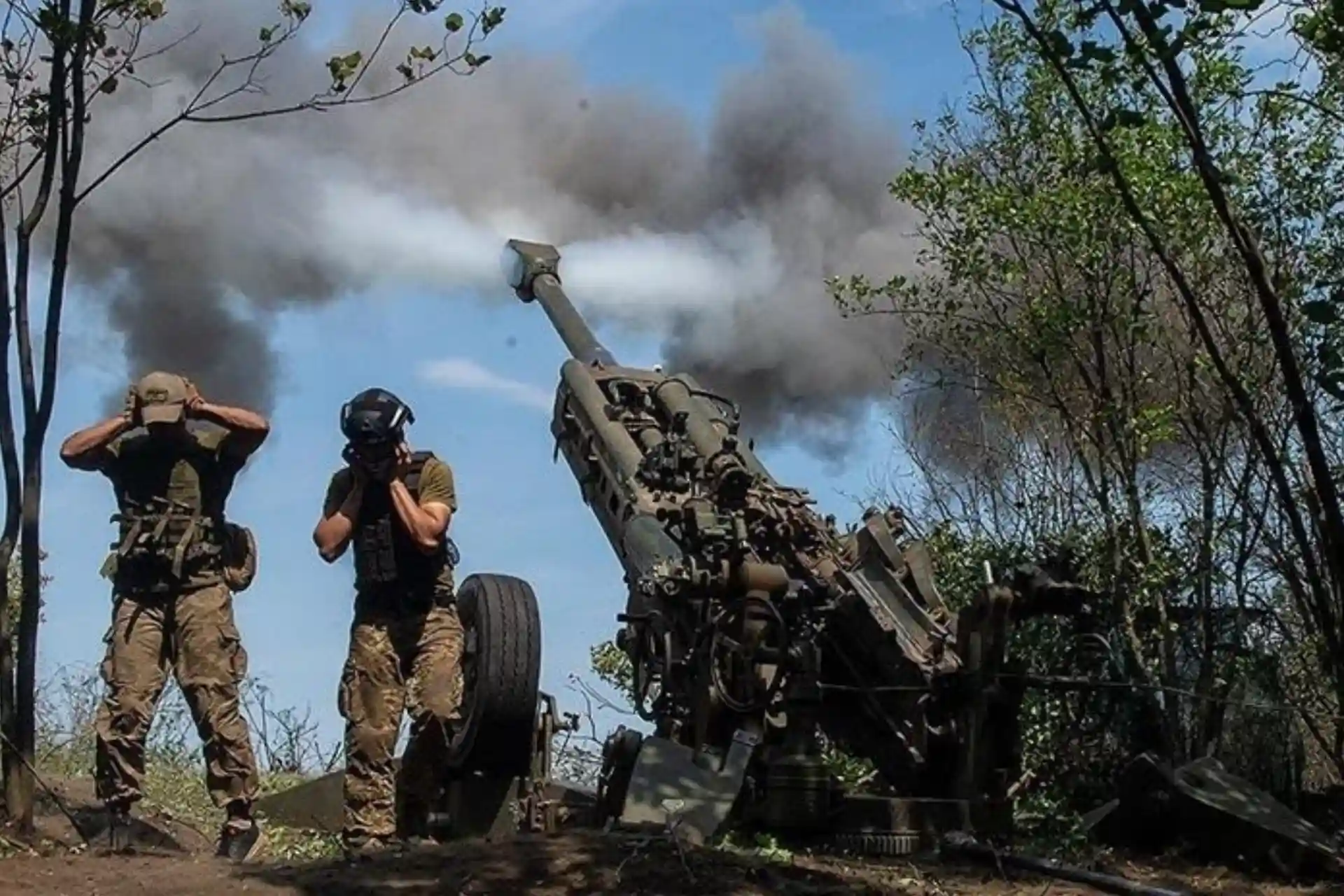Russia-Ukraine war: what has changed in 3 years?
The war that Russia launched against Ukraine three years ago on these very days has left a deep mark on the world's political landscape, determined the policies of states, and devastated the lives of hundreds of thousands of people. It has reverberated not only in the Ukrainian region, but throughout the world.
Meanwhile, US President Donald Trump is pushing for a swift end to the war in Ukraine. Earlier last week, senior US and Russian officials met in Saudi Arabia for peace talks - but no representatives from Kiev attended.
The approach put forward by the new president of the United States has shocked the entire world, including the European Union, which is seeking to adapt to Trump's war policy.
In the three years since Russia launched a full-scale invasion, Ukraine has lost much of its territory, and only managed to regain some thanks to military support from its Western allies. Millions of Ukrainians have been displaced, and thousands, if not hundreds of thousands, have been killed or wounded.
Ukraine has lost 11% of its land since 2022
At the beginning of the war, Ukraine held its troops in its capital, Kiev, and later won victories in northeastern Kharkiv and parts of southern Kherson regions. However, it suffered heavy losses in the eastern regions around Donetsk and Bakhmut.
Ukraine has lost control of about 11 percent of its territory since the 2022 invasion, according to the Institute for the Study of War, a U.S.-based conflict monitor. Including territory already seized by Russia and Russian-backed separatists since the conflict began in 2014, the total territory lost by Ukraine to Russia since 2014 is about 18 percent.
In 2014, Russian troops illegally annexed Crimea from Ukraine. Later that year, Russian-backed separatists took control of part of the Donbass region, which remains in Russian hands to this day.
When Russia launched a full-scale invasion on February 24, 2022, Russian President Vladimir Putin expected to capture all of Ukraine within days, according to the Institute for the Study of War. Instead, Ukraine's armed counterattacks, backed by aid tranches from its Western allies, have led to three years of fierce fighting.
Ukraine's largest source of aid cut off
The United States has been the largest single donor to Ukraine since the war began in 2022, providing about $95 billion in military, humanitarian, and financial assistance. The Trump administration now wants to cut off that aid.
Trump, who has pledged to end the war in Ukraine more quickly, was critical of the flow of US funds to Ukraine during his 2024 election campaign. He has recently proposed a transactional approach to aid, suggesting that the US should receive rare earth minerals in return, a proposal that Ukrainian President Volodymyr Zelensky has rejected.
"I told them I wanted the equivalent of $500 billion in rare earths, and they actually agreed to that, so at least we don't feel stupid. Otherwise, we're really stupid. I told them we have to get something. We can't keep paying this money," Trump told Fox News earlier this month.
Ukraine has already been affected by the recent suspension of USAID. The funding freeze has forced Ukrainian NGOs and charities to make cuts, including laying off staff and temporarily suspending suicide hotlines and HIV testing projects. Ukraine has been the largest recipient of USAID funding over the past three years.
Millions of Ukrainians displaced
Since Russia began seizing land and following the invasion, millions of Ukrainians have been forced to flee their homes to other parts of Ukraine or to foreign countries.
According to the UN refugee agency, by the end of 2024, there will be more than 6.3 million Ukrainian refugees living in Europe, including about 1.2 million in Germany, about 1 million in Poland, and 390,000 in the Czech Republic.
According to the latest UN estimates from June 2024, there are 1.2 million Ukrainian refugees in the Russian Federation.
Thousands of civilians were killed.
According to the UN Human Rights Office, more than 40,000 civilians have been killed or injured in the conflict in Ukraine, most of them from explosive weapons.
At least half of the dead (6,203) were adult men, and 669 were children. The total official death toll as of February 13 is 148,359.
The economic impact of the war on Russia and Ukraine
It was clear from the start that Putin's war in Ukraine would lead to a global economic catastrophe. Inflation figures published on both sides of the border showed the ongoing impact of the conflict on citizens in both neighboring countries - prices in Russia rose by 9.5%, in Ukraine by 12%.
According to the International Monetary Fund (IMF), Russia's gross domestic product (GDP) fell by -1.3 percent at the start of the war, but grew by 3.6 percent annually over the next two years. However, the first signs that the Russian economy is cooling are now visible: sales and orders are falling across a range of sectors due to high interest rates and inflation.
Meanwhile, Ukraine is faring better as an independent state than the war. Its GDP, which shrank by 36 percent by the summer of 2022, is expected to grow by 5.3 percent in 2023 and 3 percent in 2024. However, according to the Ukrainian Ministry of Economy, GDP growth is expected to slow to 2.7 percent this year. This is lower than the 3-4 percent expected by most Ukrainian analysts and economists.
Can the war stop?
According to reports, while Ukraine has currently made some progress in Russia's Kursk region, the overall situation still tilts in Moscow's favor.
With resources running out, fatigue setting in, and Trump in the White House, a resolution to the conflict seems inevitable, leading to more intense and aggressive actions on both sides.
The future course of the Russia-Ukraine war remains uncertain and depends on a number of factors, including military developments, diplomatic efforts, and the global political situation.
While a peaceful resolution of the conflict is the most desirable outcome, it requires compromise on both sides, as well as strong international engagement.

